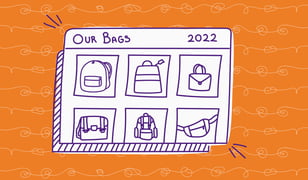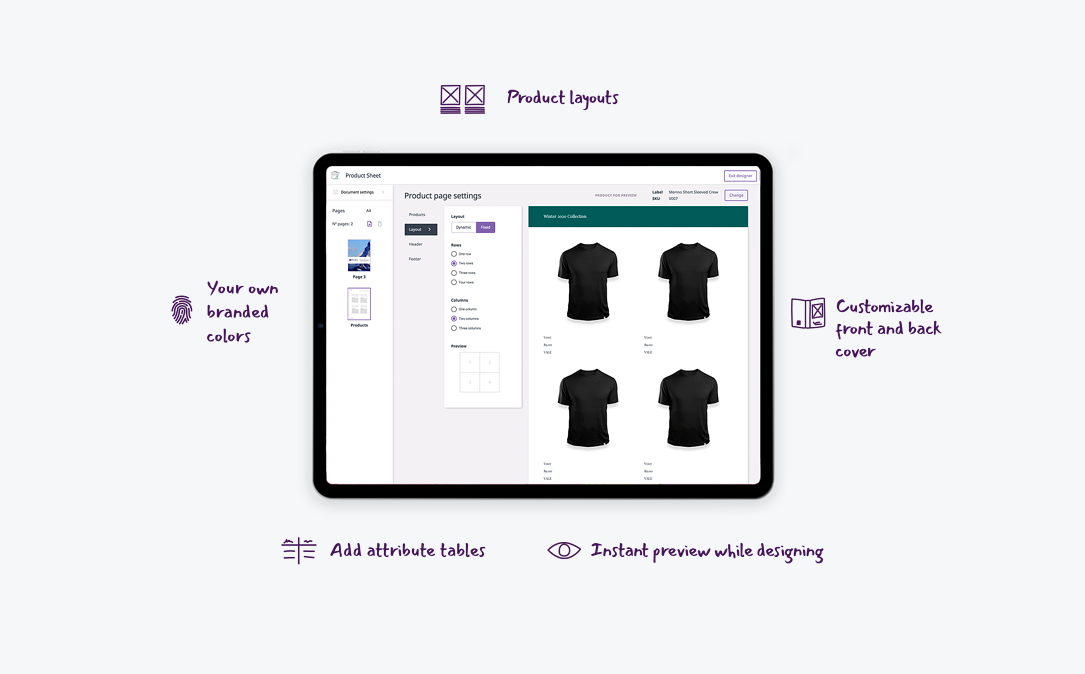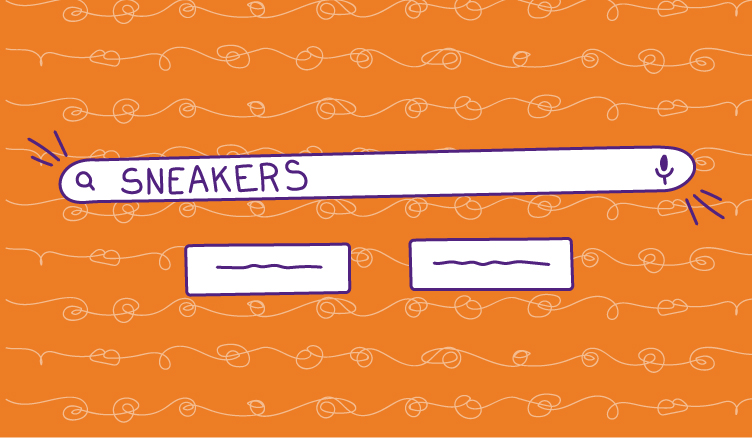It’s no secret that modern shoppers shop with their eyes. And, as an online retailer, it’s your job to ensure that they feast their eyes on an ecommerce catalog that has all the useful information they need to influence their shopping decision.
Today, customers have become wiser about their shopping habits, and their loyalty isn’t tied to a brand but rather an experience. While this may be seen as a negative to some, it’s a major positive for small businesses because this means all is fair in the battle for customer attention. You, too, have a chance to attract shoppers to your ecommerce web store and get them to invest in your products.
Why use digital product catalogs?
Online product catalogs are one of the easiest ways to attract shoppers and influence buyers is through accurate, informative content. Considering that:
- 7% of 46 000 customers only shop online
- 20% of customers are store-only shoppers
- 73% of customers move across multiple channels
It's a no-brainer when looking to meet multichannel customers.
According to Gartner, business-to-consumer (B2C) and business-to-business (B2B) marketing departments can drastically benefit from catalogs as a sales enablement tool. For example, your sales reps can reference digital product catalogs when speaking with customers to ensure that they give them accurate and comprehensive information that they need to make a purchase. On the other hand, your marketing team can use catalogs to engage audiences and spread awareness.
When your sales and marketing team have all the accurate data they need when communicating with customers, they can achieve the following for your brand:
- Improve conversion rates and traffic to your website
- Enhance branding consistency across all sales channels
- Ensure a smooth flow of information internally and externally
- Improving customer experience online and in-store
Value-adding for in-store experiences
Research says that 40% of shoppers still prefer shopping in-store, but one must cater to both. Product catalogs double up and give shoppers get the best experience. Your in-store sales reps can use printed (or, ideally, digital) to walk customers through any questions or demos of your offering. It helps to replicate the exact same experience on-and-offline and deliver omnichannel support.
Value-adding for online experiences
Digital catalogs help self-serve customers make informed purchasing decisions from start to consideration. It is said that more than 70% of B2B buyers are tech-savvy millennials, and when seeking a product, they prefer to research on their own about the company prior to meeting in person to see if your offering is what they’re looking for. So, not having an online product catalog can put you at a disadvantage against other competitors that do offer such convenience.
According to an industrial buyer's search habits survey, a respondent said, "Having more online information like specifications, pricing, lead time, and stock levels online are important when I'm vetting new suppliers. My job would be so much easier if I had the ability to order products directly with an online product catalog."
While this is only one respondent, it echoes the thoughts of many.
Modern shoppers are always looking for convenience, and creating “shoppable” catalogs can influence their buying decisions and drive online purchases.
Here is an example from BoConcept, a Danish furniture retailer, who have made their catalogs engaging and making it a seamless experience for shoppers.
Or, this mobile catalog from Logahus, a direct selling brand from Brazil that uses a mobile catalog to make sales. Their customers can effortlessly scroll through the catalogs on their phones, add items they’re interested in into their cart and then, they can send their basket directly to their local representative over WhatsApp.
But, how can you give your customers a shoppable digital catalog?
With Plytix PIM for ecommerce.
Our PIM stores all your product data and allows you to overcome the challenges of creating a digital catalog in a matter of minutes through our Brand Portals.
You don’t need an in-house designer as you can use available catalog templates. These templates are easy to use and allow you to incorporate consistent fonts, colors, and images and ensure your catalog matches your brand as a whole.
Any product information you update or edit in the PIM database tool can be shared to your product catalogs, and it will automatically be updated in real-time.
Ready to try it out? Of course, you are, it's FREE! You don't need fancy software when you can have one tool that does a multitude of things. Sign up now!





